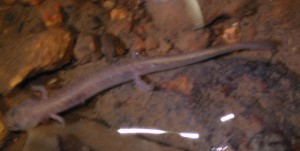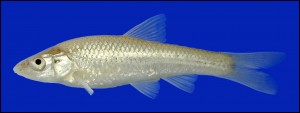 In February 2015, the City of Georgetown approved clarified Water Quality Regulations for the Edwards Aquifer Recharge Zone with the further intent of regional protection of the recently-listed Georgetown salamander. The ordinance is anticipated to be an integral component of a USFWS prepared Section 4(d) Rule related to the Georgetown salamander. The City council previously codified the water quality ordinance into the Unified Development Code in December 2014. This newest version includes an appendix to the Unified Development Code which details the federal standards for the known occupied Georgetown salamander sites within Georgetown’s city limits and ETJ. These federal standards have been included in previous versions of the water quality ordinance and define: 1) No-Disturbance Zone (Red Zone), 2) Minimal-Disturbance Zone (Orange Zone), 3) the adaptive management working group, and 4) requirement for Geologic Assessment to delineate red and orange zones. A copy of the ordinance can be found here.
In February 2015, the City of Georgetown approved clarified Water Quality Regulations for the Edwards Aquifer Recharge Zone with the further intent of regional protection of the recently-listed Georgetown salamander. The ordinance is anticipated to be an integral component of a USFWS prepared Section 4(d) Rule related to the Georgetown salamander. The City council previously codified the water quality ordinance into the Unified Development Code in December 2014. This newest version includes an appendix to the Unified Development Code which details the federal standards for the known occupied Georgetown salamander sites within Georgetown’s city limits and ETJ. These federal standards have been included in previous versions of the water quality ordinance and define: 1) No-Disturbance Zone (Red Zone), 2) Minimal-Disturbance Zone (Orange Zone), 3) the adaptive management working group, and 4) requirement for Geologic Assessment to delineate red and orange zones. A copy of the ordinance can be found here.


